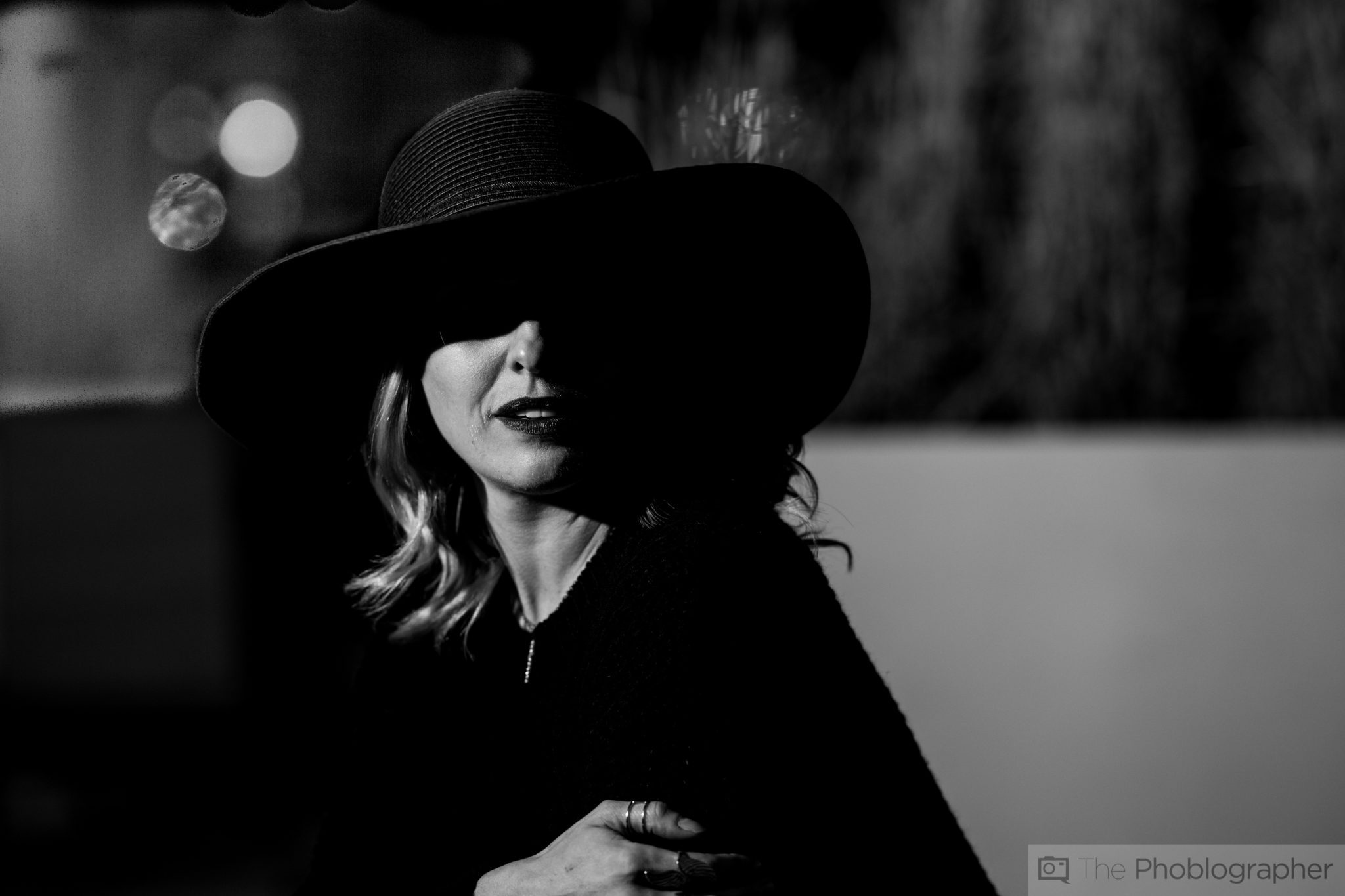Last Updated on 04/22/2020 by Chris Gampat
Getting stunning black and white images is all about using the right techniques, as today’s photography cheat sheet tells us!
When it comes to black and white photography, adapting a different mindset is necessary. There’s more to it than shooting with your camera in monochrome mode. Instead of evaluating a scene through eye-catching colors, you’ll need to look closely at the balance between light and shadows, and of light elements against dark ones. It will definitely take a lot of practice, but with photography cheat sheets like our featured guide today, you’ll have a jump start to making those impressive black and white images.
In our very own cheat sheet below, we share a handful of quick tips to evaluating a scene when both shooting and editing your shots. Consider this a checklist of all the details to keep in mind to ensure your black and white images are on point.
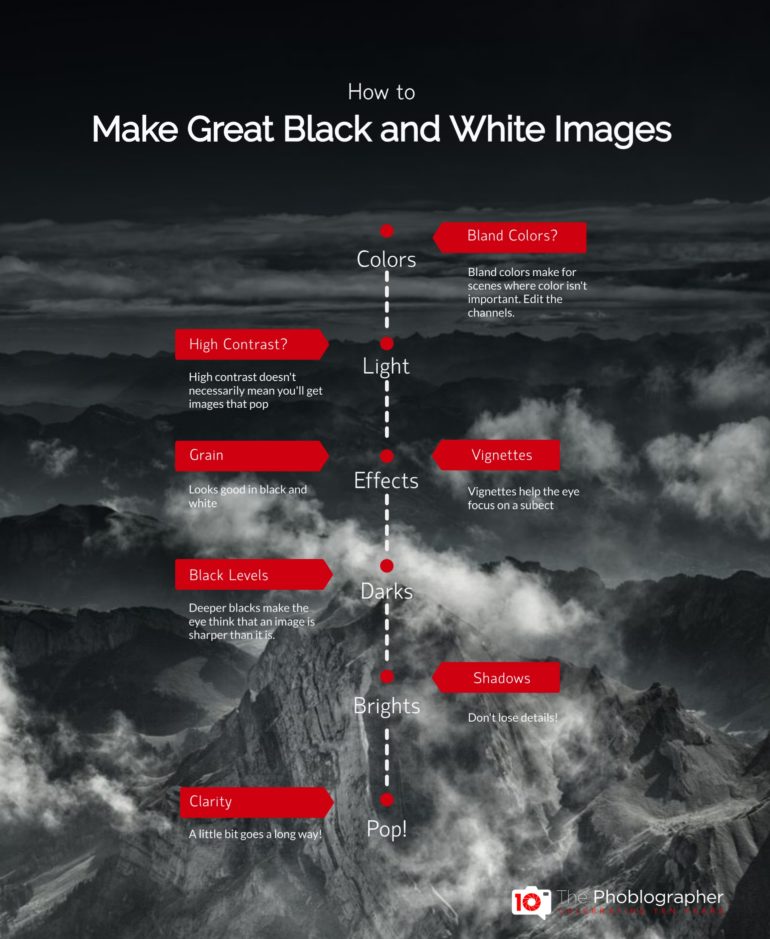
The Colors Are Important to Black and White Photography!
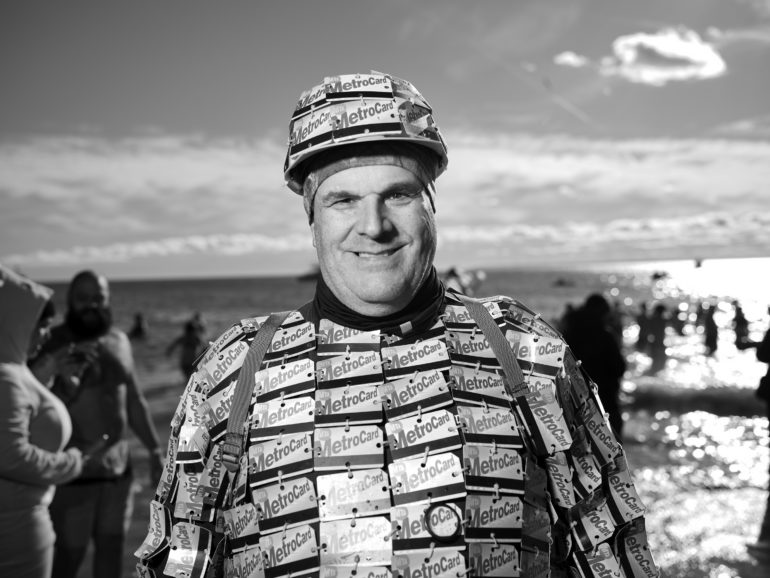
One of the first misconceptions about black and white photography is that it involves the complete disregard of colors. On the contrary, it actually involves a different way of looking at them. This includes not ignoring scenes with bland colors and instead thinking of them as backdrops that can emphasize contrasts created by shadows or other elements with darker colors. Or, you can keep an eye out for the contrast created by dark and light colors. When shooting, take note that some colors can look too similar in black and white. Even if they do look contrasting in color, they won’t have the same effect in monochrome. When editing your shots, experiment with tweaking the color channels to bring out the darker colors more.
Contrast: What You Need to Know
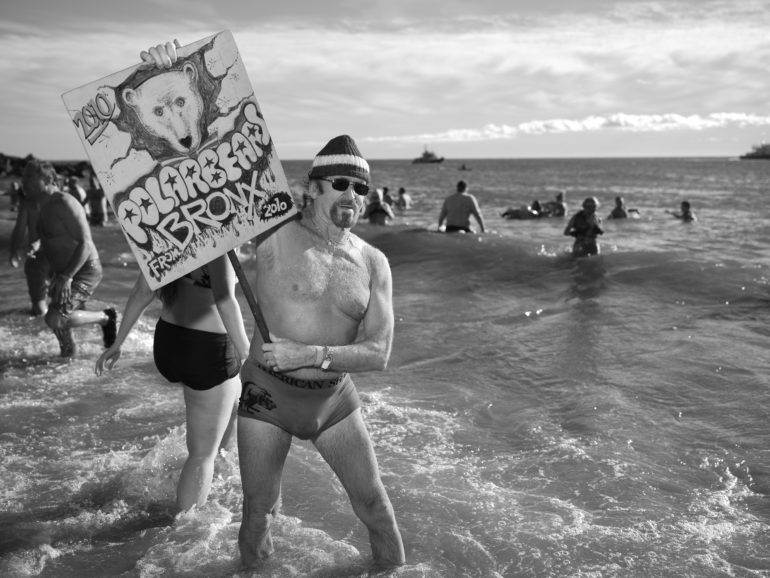
High contrast scenes tend to be great for shooting black and white images. This can either come in the form of dark subjects set against a bright background or brightly-lit scenes that produce a lot of shadows. These shooting opportunities will make your job easier later in editing, but keep in mind that high contrast is only one aspect of what makes a black and white image pop. The composition is also key, so make sure what you have on your frame makes the most out of the contrast provided by the scene. For that, you may also want to refer to these composition tips, especially for black and white photography.
How Deeper Blacks Make an Image Look Sharper Than It Is
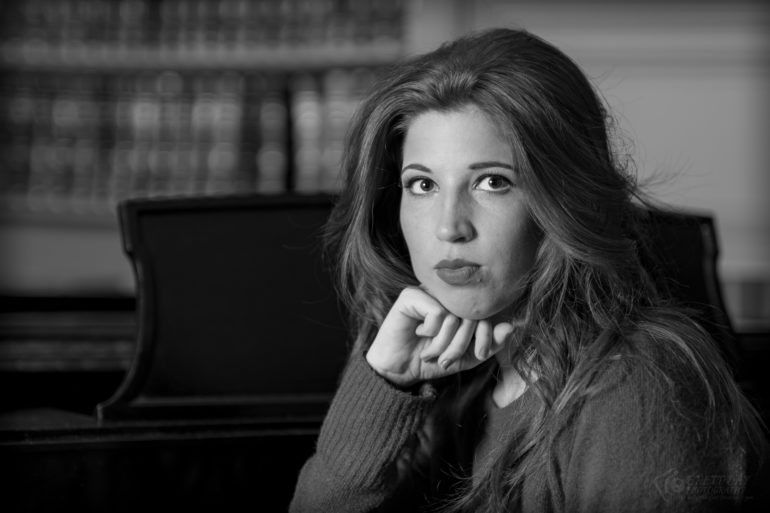
Another tip for editing is to make your blacks deeper to create an impression of sharper images (just make sure you’re not losing details in the shadows as well). If creative effects are part of your final touches, you can add a bit of grain to create a gritty look, or a vignette to help the eye focus on the subject. Don’t forget to add a little bit of clarity for that eye-catching pop.
These are definitely just the tips of the icebergs when it comes to creating great black and white images. There are many other factors and elements to consider, so we suggest complementing this guide with helpful tutorials like using negative space, choosing when to edit photos in black and white, how to see in black and white (especially for street photography), and using shadows effectively.
Liked these black and white photography tips and tricks? Don’t forget to check out our photography cheat sheet collection to find more that will come in handy for your next shoot and projects!


